Do Dehumidifiers Stop Mould?
Unfortunately, mould is something a lot of people deal with at least once in their lives, so naturally they are looking for ways to stop mould, although some items help, they usually aren’t the one and only way to remove mould for good.
In this blog we will be answering the question ‘Do dehumidifiers stop mould?’
To prevent mould, fresh air should constantly be introduced into your dwelling daily, as it helps to regulate temperature and reduce condensation. Introducing fresh air can be as simple as having a ventilation routine, or installing extractors or PIV systems. Almost all of this is facilitated by ducting.
I-Sells is here to provide the answers you need whilst also supplying you with all the information you need to combat mould and have a well-ventilated home.
Explaining Mould
Mould, otherwise known as damp, is a fungus that grows on wet surfaces. Mould comes in a variety of colours: Black, Green, Brown, Grey and White. It can be difficult to identify mould by colour as it can occur in many shades. Some of the most common mould strains in the home are:
- Black Mould – Also called Stachybotrys chartarum, Black mould is commonly found in bathrooms and wet rooms but can also occur on cold exterior walls in habitable rooms such as the bedroom or living room.
- Cladosporium – Commonly found in bathrooms, under sinks, and around faucets but it can grow on surfaces like carpets, furniture, walls, and floors.
Mould reproduces from tiny spores. The spores float through the air and deposit on the surfaces. Under adequate temperature, moisture, and nutrient conditions, the spores can form new mould colonies.
Mould can severely affect your immune and respiratory system, as the spores are easily breathable and not obvious to see through the human eye.
If you have found mould in your home, you need to assess if this is your landlord’s responsibility (for example it could be from a leaking roof that needs repairing). Or if the damp is caused by improper ventilation. To assess your options, click here.
How does mould appear?
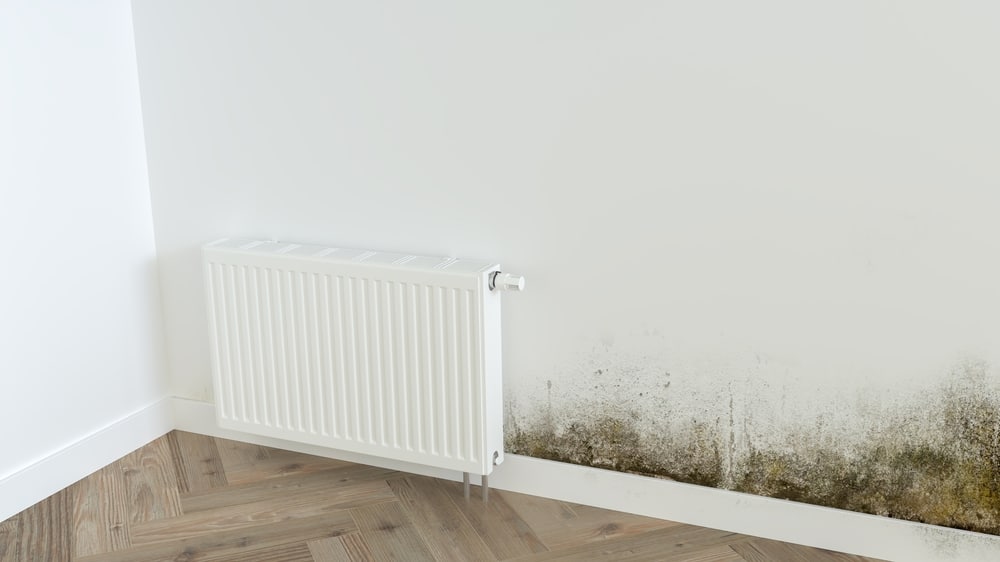
Mould in your home generally occurs as a result of condensation.
Condensation occurs when heat and moisture in the air are confined to a certain area, as this heat tries and fails to escape, droplets of water are created on cold surfaces. A good way to think about this is having a hot shower on a cold day and not opening your window.
The reason condensation creates mould is that a damp and humid environment is the optimum condition for mould to grow. In regards to windows, it is a big problem if there is mould on your windows (it can usually be found in the corners of the windowpane or the walls connected to the window).
The true danger of mould is that its particles can travel through the air without us seeing it, incidentally, this means opening a window with mould on it runs the risk of that mould being blown inside your room alongside the fresh air.
That being said, condensation is not the only cause of mould, it can occur from leaks in the structure of a building too. Aside from this, mould can develop from out-of-date food, which spreads to other food that is left near it.
Do dehumidifiers stop mould?
Dehumidifiers can be a valuable asset in helping to prevent mould, however they must be used in conjunction with a ventilation routine to prevent mould. They do not destroy or stop mould that has already grown.
In such an instance, using a mould surface remover would effectively remove the mould.
However, if the area the mould has developed in has an internal leak, or any compromises that cause it to develop condensation, that must be addressed in order to guarantee the mould won’t return.
What is a ventilation routine?
A ventilation routine is spending at least 20 minutes a day with windows open in the home. Houses with more than one floor should have windows open on each floor, and each floor should have windows on opposing sides of the house open, this will result in a cool breeze being able to flow freely through the house.
This helps to regulate the temperature within the house, therefore making it less prone to condensation.
In condensation hotspots such as the kitchen and bathroom, open the window when cooking or showering respectively, this allows excess steam to escape rather than accumulate to create condensation.
What can I use to help prevent mould?
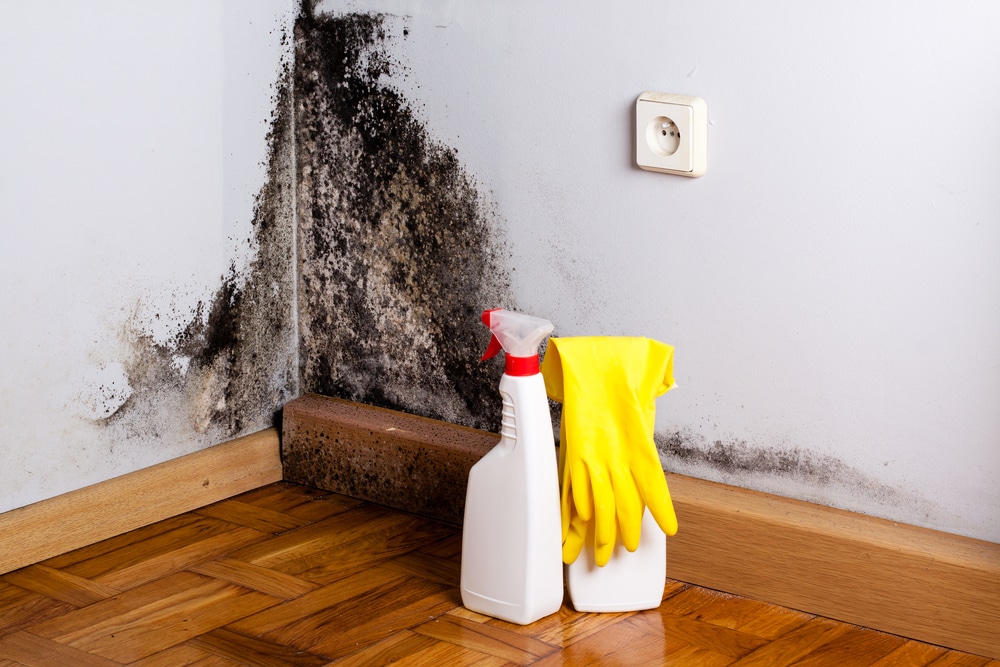
In conjuction with the aforementioned ventilation routine, here are some things you can invest in to prevent the growth of mould.
- Extractor systems, for the bathroom and kitchen
- PIV systems
- Dehumidifiers
- Invest in a hygrometer, this monitors humidity levels wherever it is placed
- New ducting for existing extraction systems
- Fully functioning heating systems
- New windows and doors
Additionally, here are some products we supply to help treat mould in our mould control section.
Note: Any instance of cleaning or dealing with mould, one should at the very least, wear a mask and gloves.
Kair Anti Mould Paint 1 Litre White
&
Kair Anti Mould Paint 1 Litre Magnolia
Kair Anti Mould Paint is an excellent, premium quality, low odour anti mould coating guaranteed to protect against unsightly and unhygienic black mould even when there is persistent condensation.
The unsurpassed performance is achieved by combining modern paint technology with highly advanced, proven biocides. The anti-mould biocide is combined throughout the paint film, which is formulated to impart toughness, elasticity, water resistance and durability to the finish. You’ll find with this product that it is:
- Easy to use
- Fast Drying
- Low Odour
- Ideal for walls and ceilings
- Long-lasting protection
- Matt Finish
For best results, you should wash mouldy surfaces with Kair Anti Mould Surface Cleanser Concentrate. Specifically designed to clean and treat mould growth areas.
Kair Anti-Mould Additive For Emulsion & Gloss Paint – 50ml
Our unique Anti-Mould paint additive contains a fungicidal additive that allows you to secure anti-mould properties to:
- Emulsion paint
- Eggshell paint
- Tile grout
- Gloss Paint
- Wallpaper paste
- Coatings
This means alongside having anti-mould paint in colours, you can also secure your tiling grout making your shower, kitchen or bathroom anti-mould, alongside your wallpaper.
Simply apply one 50ml bottle to any 2.5L bucket of paint that fits within the parameters mentioned above and mix thoroughly.
Is there a mould-cleaning kit?
Yes, we offer the Kair Mould Control Pack, a bundle with the previously mentioned surface cleaner, and two additional 50ml anti-mould additives, saving you 15% more than if you were to buy individually.
Who removes mould?
There are services available with qualified experts who can identify, treat and remove mould from your home. These services are expensive, and may result in additional costs if there are structural issues causing the mould, but it is worth it.
A simple search online can help you locate local mould treatment services.
Where to buy mould solutions

We at I-Sells endeavour to make sure our customers have all the information they need before choosing to invest in our mould solutions. Be sure to visit our blog page to gain knowledge on the wide array of factors and issues surrounding ventilation, mould, condensation, and much more.
We hope to have answered the question ‘Do dehumidifiers stop mould?’’
We understand you may have more questions, Do not hesitate to contact us for more information with regard to whatever you need our help with. If you’d like to send us an email, click here. For other contact options, see below:
Call us on 020 8463 9696
Visit us at our showroom:
*OPENING TIMES*
Monday – Friday: 8:00 am to 5:30 pm
Saturday: 9:00 am to 12:00 pm
Sunday: Closed
15 St John’s Parade
Sidcup, Kent
DA14 6ES
United Kingdom

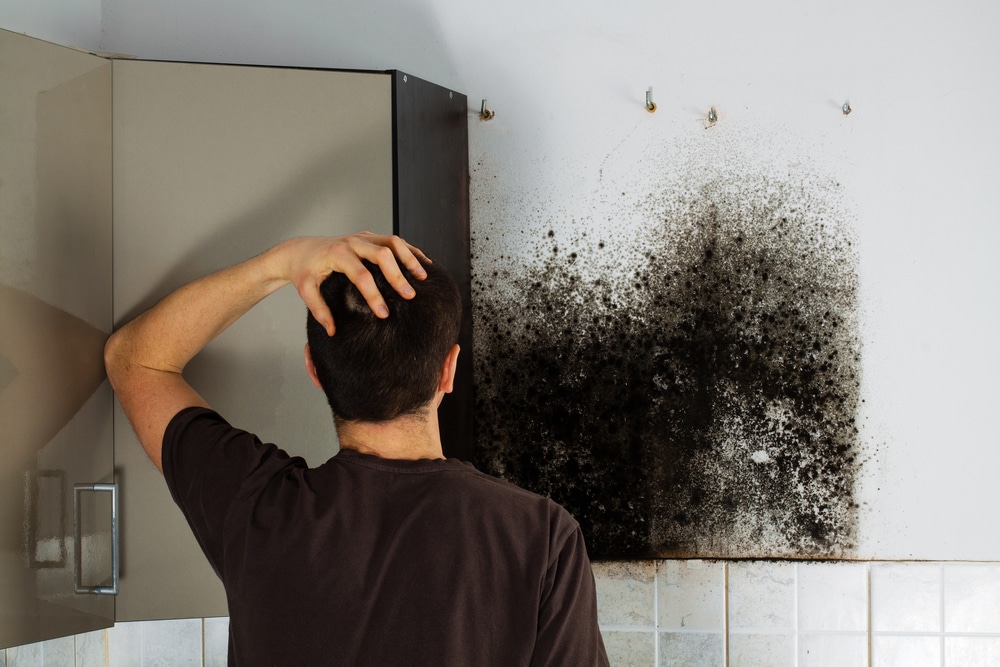
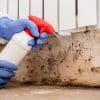
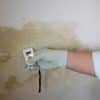


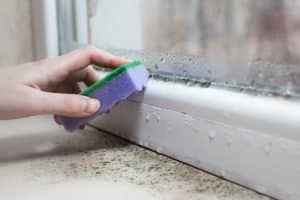






















Add comment
You must be logged in to post a comment.